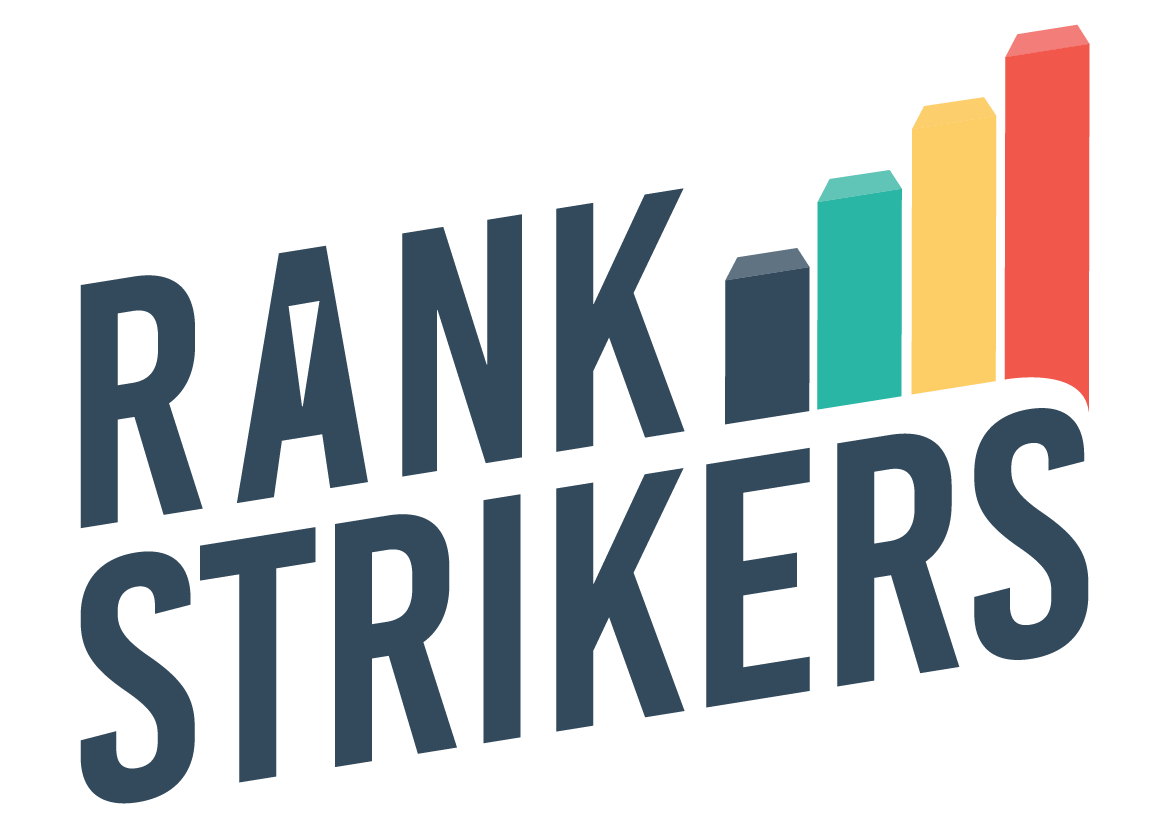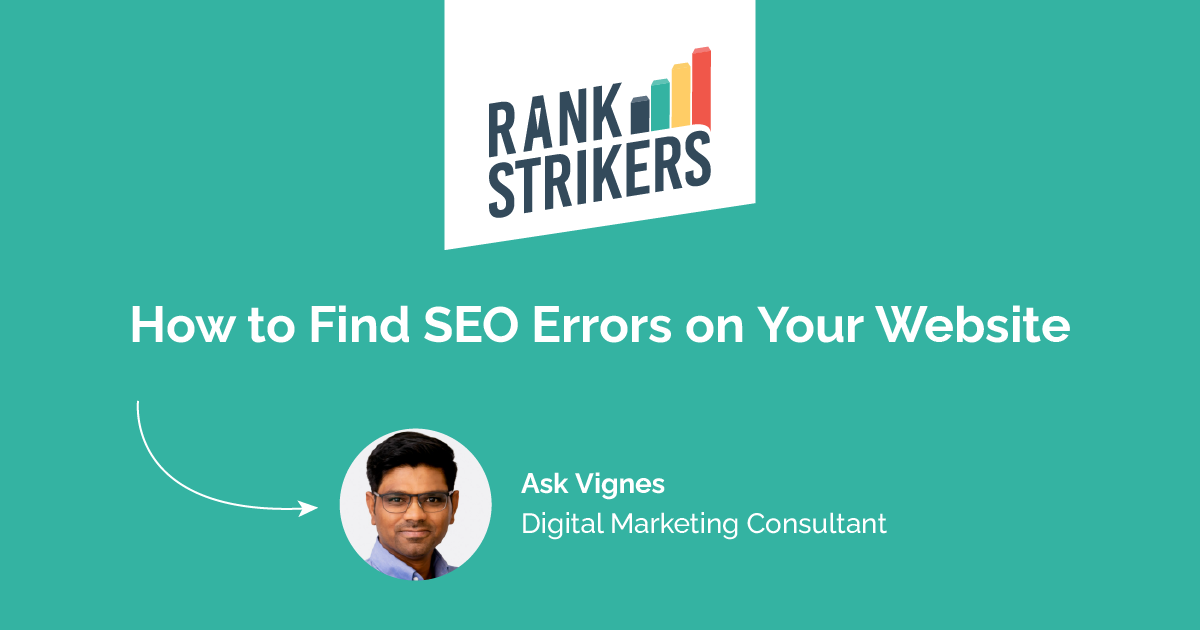How to Find SEO Errors on Your Website
In the competitive world of online visibility, a well-optimized website reigns supreme. But even the most stunning website can be held back by hidden SEO errors. These silent saboteurs can significantly impact your search engine rankings, traffic, and ultimately, your website's success.
This blog equips you with the knowledge and tools to identify and eliminate these SEO errors, ensuring your website shines brightly in search results.
Diving Deeper with SEO Checkers:
Several online tools offer more comprehensive website audits, delving deeper into technical and on-page SEO aspects. These tools typically provide detailed reports outlining various issues, including:
Review on-page optimization: Evaluate your website's on-page elements such as title tags, meta descriptions, heading tags, and keyword usage. Meta tags are crucial for conveying the relevance of your web pages to search engines. These tools identify missing or poorly written meta titles and descriptions, allowing you to optimize them for better visibility.
Broken links: Broken links not only frustrate users but also harm your website's SEO. These tools scan your site for broken links, enabling you to fix them and maintain a seamless user experience.
“A survey conducted by Siteimprove revealed the total number of broken links in 135 fortune websites are 13,142”
Duplicate content: Having identical content across multiple pages can confuse search engines and negatively impact your rankings. These tools identify duplicate content, allowing you to either remove it or implement proper canonicalization.
Keyword Stuffing: It's crucial to use the right keywords in your content, but using them too much can lead to keyword stuffing, a frowned-upon SEO tactic. This can hurt your search rankings and make your content less enjoyable for users. Instead, create engaging and informative content that naturally weaves in keywords without going overboard.
No XML Sitemaps: XML sitemaps are an essential component of any well-optimized website. They provide search engines with a roadmap to discover and understand the structure and content of your website. Make sure to create and submit an XML sitemap to search engines like Google to ensure that your entire website is properly indexed.
Remove Toxic Backlinks: Ask the website’s webmaster about the origin of the backlinks and request their removal. Evaluate the quality of the page to which the backlink is directed - if it's deemed low quality, consider removing the entire page to address the issue effectively.
Low Word Count: If your blog post or landing pages is too short to cover the topic comprehensively, Google might categorize the content as "thin" or "low-value." As a result, ranking could prove challenging due to insufficiently incorporating relevant keywords and semantically linked terms to effectively address your audience's inquiries. Therefore, it is crucial for your content to be detailed, easily scannable, and strong in substance to enhance visibility and engagement.
Common Name Mismatch: Make sure the domain name for which the SSL certificate is registered matches the name displayed in the address bar to ensure a secure connection. It is imperative to update the TLS version to the latest TLS 1.3 as older versions are considered obsolete and may have security vulnerabilities.
Power of Free SEO Tools:
Google Search Console: This free gem from Google provides valuable insights into your website's health and performance.
Coverage Report flags crawling errors and indexing issues.
Mobile Usability Report highlights mobile-friendliness problems.
Performance Report allows you to track key metrics like clicks, impressions, and click-through rate (CTR), helping you identify potential areas for improvement.
Website PageSpeed Insights: Another free offering from Google, this tool analyzes your website's speed on both desktop and mobile. Slow loading times can significantly hurt your SEO and user experience. PageSpeed Insights offers specific recommendations for improvement, such as optimizing images and minifying code, empowering you to create a lightning-fast website.
“According to Think With Google, with an increase in load time by just 2 seconds, the bounce rate can increase by 32%”
There might be a lot of reasons for poor website loading speed, such as:
Unoptimized images
Javascript issues
Excessive HTTP requests
Your website doesn’t leverage any caching tool
Lack of gZIP compression
Too many ads
Lack of CDN service
Bad hosting
Use SEO auditing tools: There are various online tools that can analyze your website for SEO errors, such as broken links, missing meta descriptions, slow loading pages, and more. Some popular tools include SEMrush, Ahrefs, and Moz.
How to Perform A Site Audit
A site audit is crucial as it is the initial step in pinpointing and resolving SEO errors present on your website. This process entails a meticulous evaluation of your site's technical components, content quality, and general performance to pinpoint sections that require enhancement.
To conduct a thorough site audit, you may leverage an array of tools like Seobility, Ahrefs, Google Search Console, and Screaming Frog. These applications are designed to analyze your website thoroughly and present you with a detailed breakdown of identified errors and SEO challenges that necessitate attention. You can also opt to connect with our SEO specialists to obtain your complimentary SEO AUDIT Report for your website.
What characterizes a professional SEO audit report?
it is divided into categories and the most important topics
contains a list of errors with tips on how to fix them
Ultimate SEO Audit Checklist:
Domain factors: This covers the website's name, age, background, and key details.
Page-level factors: Learn what matters when auditing E-A-T, headlines, keyword cannibalization, user engagement, and other crucial aspects of SEO strategy. Dive into the intricacies of each element to optimize your website's performance and enhance its visibility online.
Content length: During your SEO audit, it is crucial to thoroughly evaluate the content quality, the incorporation of image links within specific pages, and the overall structural organization of content across your website. By scrutinizing these key elements, you can gain valuable insights into the effectiveness of your current SEO strategy and identify areas for improvement to enhance your online presence.
Duplicate content issues: Learn to spot these problems early in your SEO check to address them later.
Website’s content factors: Consider using schema markup, site structure, and how often people click on your site naturally.
Website updates: Understand why it's important to track website changes regularly and how to spot significant problems that may arise.
Link profile audit: Learn to recognize and prevent harmful links and discover effective tools to help.
On-site technical SEO factors: Discover how to identify common problems like those with robots.txt, sitemaps, and image optimization.
Fixing SEO problems - what you should remember about?
1. Always index new pages
2. Insert correct URL names
3. Check for 404 errors remove broken links or use 301 directs
4. Activate your domain certificate
5. Check meta tag length
6. Complete Alt attributes including for images
7. Optimise H1-H6 headers
8. Optimise the website pages for target keywords
9. Optimise and shorten website page codes
10. Optimise website for mobile view
Remember, the key is to be consistent!
Regularly using these tools and addressing the identified errors is crucial for maintaining a healthy and SEO-friendly website. By staying vigilant and actively improving your website, you can climb the search engine rankings and attract more organic traffic, ultimately achieving your online goals.
💡 Bonus Tip: Don't be afraid to consult SEO professionals in the UK for complex issues or a more in-depth analysis. Their expertise can be invaluable in optimizing your website and achieving SEO success.
By following these steps and wielding the power of free and paid tools, you can effectively identify and eliminate SEO errors and elevate your online presence. If we didn’t answer all your questions in this blog, feel free to contact us by scheduling a discovery call.
Written by:


